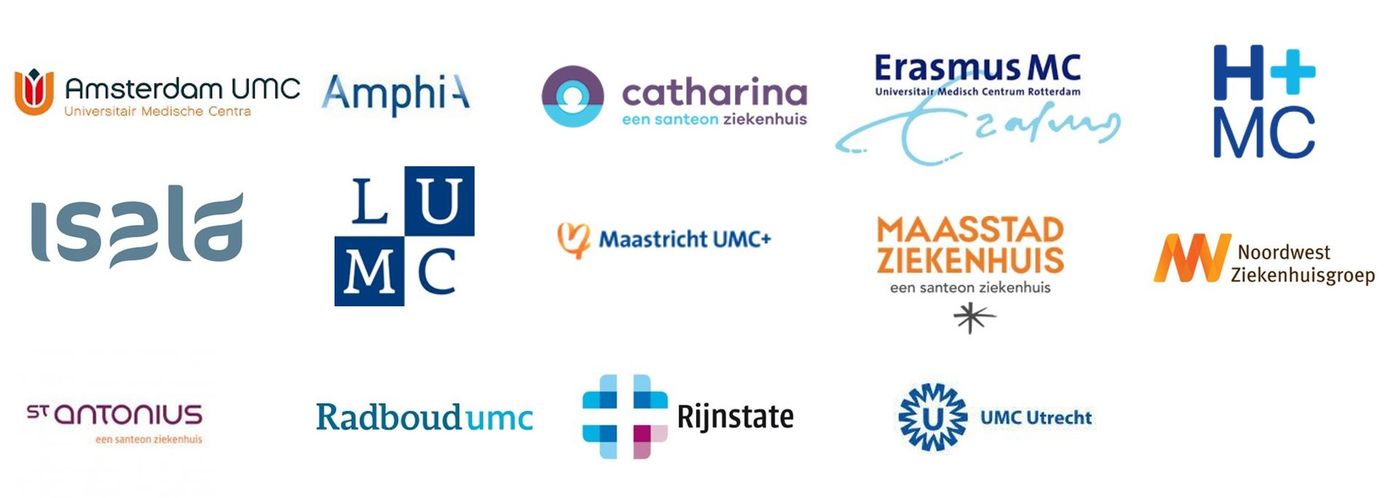Summary
Thrombectomy in high-Risk Pulmonary Embolism – Device versus thrombolysis Netherlands’. In short, the TORPEDO-NL trial. This is a randomized controlled trial in fourteen centers in The Netherlands.
BACKGROUND
Patients with high-risk pulmonary embolism (PE) require immediate reperfusion therapy on top of anticoagulation. The standard reperfusion treatment in these patients is fulldose systemic thrombolysis. This carries a significant risk of major bleeding (10-25%) and intracranial haemorrhage (ICH, 3%). Catheter-directed thrombectomy (CDT) is a promising alternative to systemic thrombolysis with a more direct effect on reducing pulmonary artery clot burden and very likely a better safety profile. Randomized trials evaluating the safety and efficacy of CDT in high-risk patients are currently unavailable. We hypothesize that in high-risk PE patients, CDT is superior to the current standard of systemic thrombolysis in terms of mortality and adverse events, i.e., is associated with a lower composite incidence of all-cause mortality, treatment failure, major bleeding and all-cause stroke.
OBJECTIVE
To determine whether CDT in high-risk PE relative to systemic thrombolysis is: - more effective and safer in terms of a reduction of the composite endpoint on all-cause mortality and adverse events defined as treatment failure, major bleeding and all-cause stroke at day 30 (primary outcome).
STUDY DESIGN
TORPEDO-NL will be an investigator-initiated, academically sponsored, multicentre, open-label, randomized controlled trial (RCT) designed to show superiority of CDT (2 systems; technical variant) on top of regular anticoagulation over systemic thrombolysis plus regular anticoagulation in patients with high-risk PE in the Netherlands. A 2:1 (thrombectomy: systemic thrombolysis) randomization will be applied. The randomization procedure will be web-based, using randomly sized blocks consisting of 3,6 or 9 patients. Randomization will occur after the verification that a thrombectomy procedure can be started (randomization-to-needle time) within 60 minutes. Randomization will be stratified by centre.
STUDY POPULATION
Patients with acute PE who are at a high-risk for mortality but do not have ‘catastrophic PE’ and do not have a strict contraindication to either systemic lysis or CDT, as defined according to the selection criteria, will be enrolled. Aim is to recruit 111 patients.
MAIN STUDY ENDPOINTS
Primary endpoint:
composite of all-cause mortality and severe renal failure leading to renal replacement therapy within 30-days after randomization.
Secondary endpoints:
A better Desirability of Outcome Ranking (DOOR) at day 7; Level of oxygen supplementation at 48 hours; Length of stay (LOS) at the intensive care unit (ICU); In-hospital functional recovery; Patient-reported outcomes such as QoL at one year - cost-effective after a time horizon of one year.



